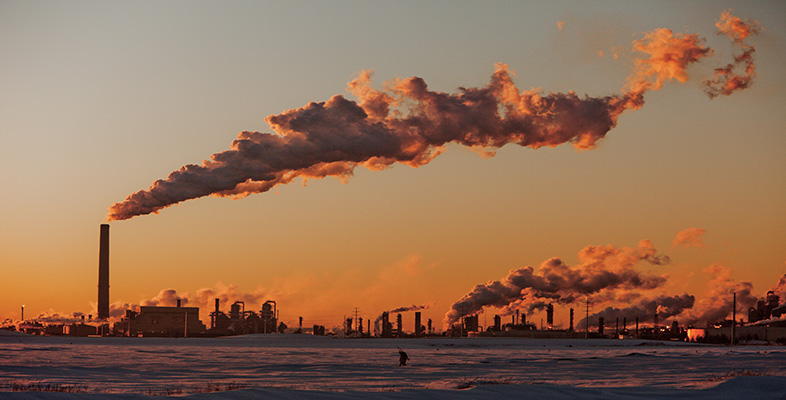Effects of pollutants on the aquatic environment
Introduction
We can all relate to water. We know we need it to survive – indeed, the early great civilisations of Egypt and Mesopotamia were centred on river valleys where there was a plentiful supply of fresh, clean water.
When we take water into our bodies, it is used in several ways. For example:
- for cooling – it helps keep our bodies at around 37 °C
- as a waste disposal medium
- as a conductor for nerve impulses
- as a component in the digestion of food
- as a solvent in which vital chemical reactions take place.
You can see from the above that even if you didn’t move an inch, your body would still need water to keep you alive.
Water is a fascinating subject, encompassing chemistry, biology and physics. Apart from keeping us alive, water is used extensively in industrial processes, for recreation and for transport. It is something we can’t do without.
The water we use for domestic purposes ought to be free from contaminants, yet water pollution is a major problem in many countries. According to the World Health Organization (WHO, 2002), about 1.7 million people die each year due to unsafe water, sanitation and hygiene. In this text we consider in outline the major sources of pollution and the effect that pollutants have on the aquatic environment.
The activities located throughout the text will help you to review and remember what you have read.
This OpenLearn course is an adapted extract from the Open University course T868 Environmental monitoring and protection [Tip: hold Ctrl and click a link to open it in a new tab. (Hide tip)] .
